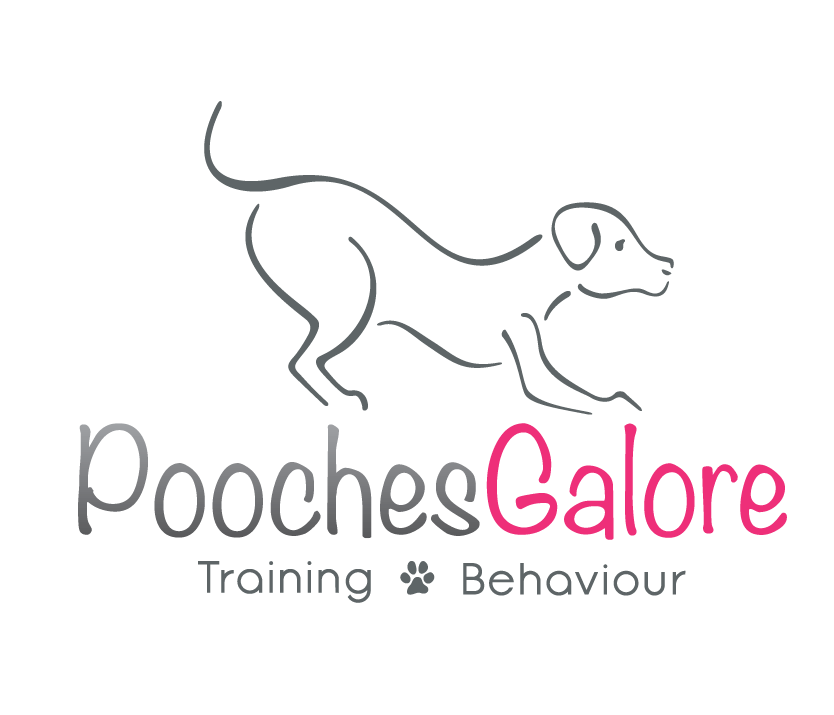Positive punishment v positive reinforcement
There are generally two schools of thought when it comes to dog training. The first is from an older school of dog training which involves using coercion and punishment to ‘dominate’ their dogs and to become the alpha. This school of thought was based loosely on the (flawed) theory that dogs live in packs (this has been discussed in other blog posts) and the training theory is now what we would describe as positive punishment.
Positive punishment, in scientific terms, is the addition of a negative stimulus to reduce the incidence of a behaviour occurring. We can see this in everyday life both in dog and human behaviour. In dog behaviour people would often shout at, hit or push their dog to stop an unwanted behaviour.
The other school of thought is that we add a positive stimulus when the dog does something that we like to increase the likelihood that the dog will repeat this behaviour in the future, this school of thought is based around positive reinforcement – this is the school of thought that I subscribe to.
I would much prefer to give my dog a treat when they sit so next time I ask them to sit they are keen to do it than add pressure when they don’t sit.
There are a few reasons I prefer to train with positive reinforcement:
1.Ethics – to me it is more ethical to train with positive reinforcement. I don’t want to use a training philosophy where I have to force my dog with fear to do what is asked of them.
2.Results – much research has shown the long term, positive results seen from positive reinforcement training.
3.Emotions – positive punishment doesn’t make anyone feel good, it doesn’t make us feel good when we do it and, although I can’t ask them, I’m sure it doesn’t make our dogs feel good!
4.Teaching – punishment just tells dogs what they shouldn’t the doing, it suppresses behaviour. I want to teach dogs what they should be doing instead.
I want to just expand on that last point. As explained above positive punishment is a valid teaching method, but the way in which it teaches is by reducing unwanted behaviours. I prefer to teach dogs in a way that teaches them what they should do instead. In many instances there are a million (okay, maybe ten) things a dog shouldn’t do and only one or two things that they should do – isn’t it better that we reward these rather than continually telling dogs “no that’s not right, no that’s not right either”. I’d rather be the person out there saying “yes! That’s it, amazing, what a fab dog!”, so next time the dog is given choice of two or more things they could do they are going to choose the better option.

